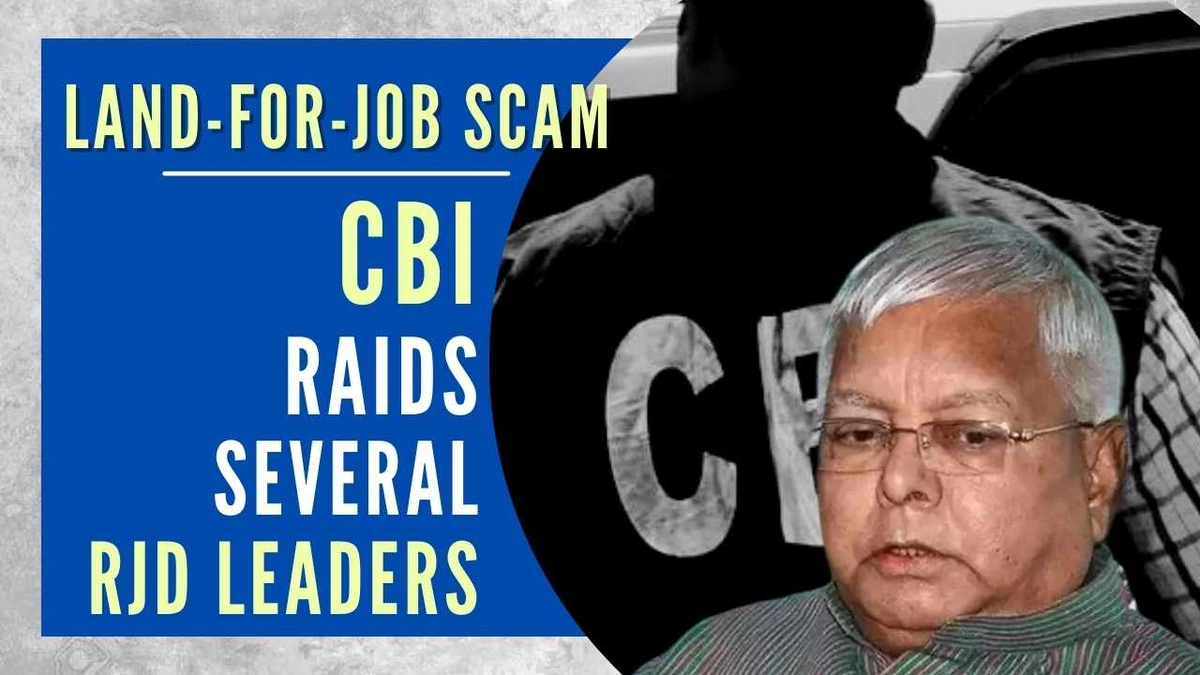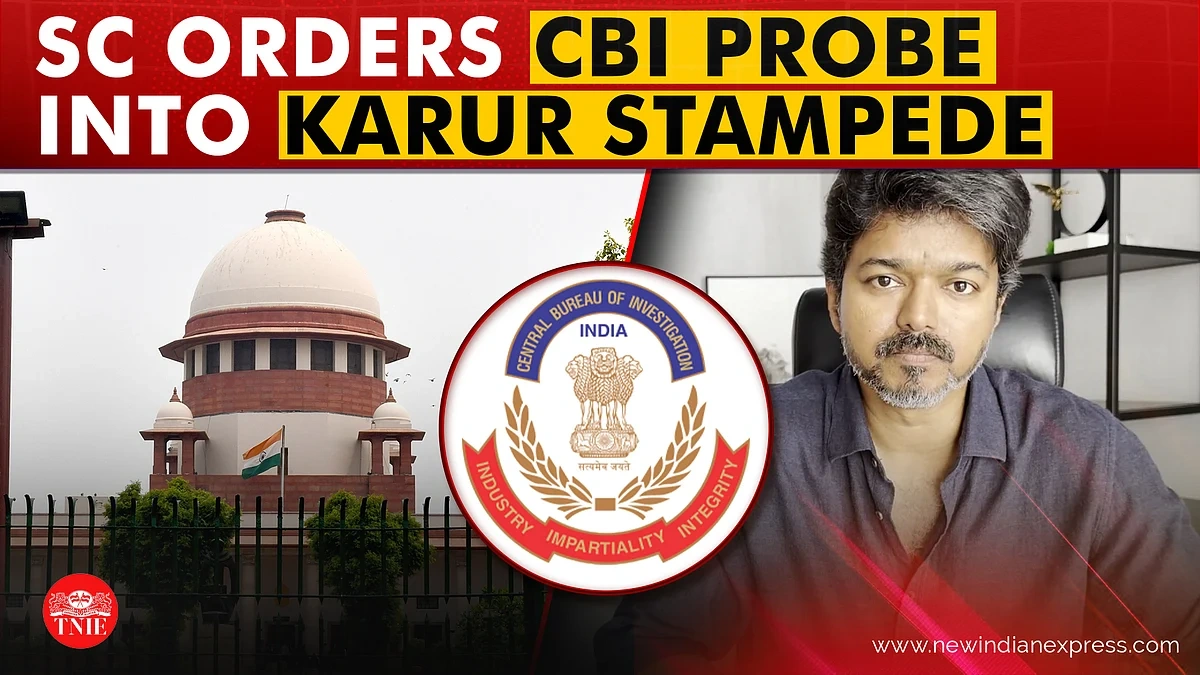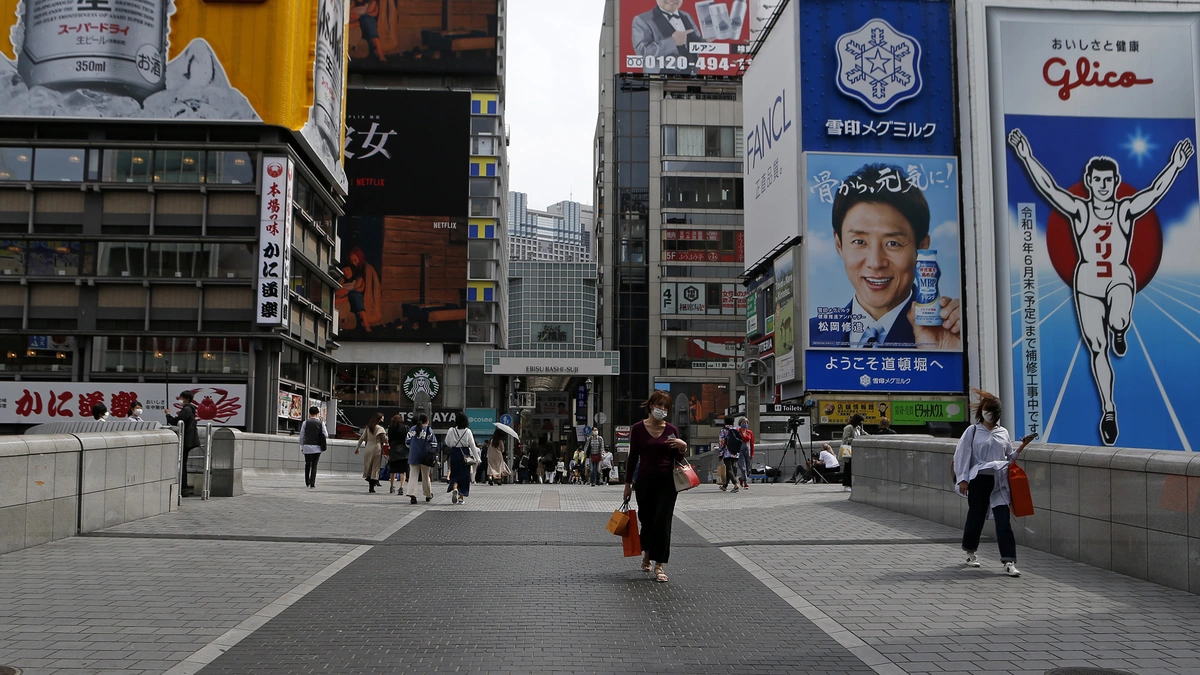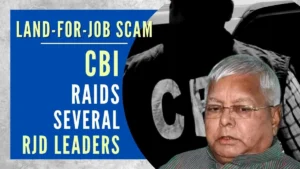Mumbai News Today | PM Modi Inaugurates Navi Mumbai Airport, Opens Underground Metro
Alright, folks, let’s talk Mumbai. Big things are happening, and it’s not just the usual monsoon madness or traffic jams we’re used to. Prime Minister Modi just swung through town, and he wasn’t just here for the vada pav (though, let’s be honest, who can resist?). He officially inaugurated the Navi Mumbai Airport and opened a new underground metro line. Sounds like a regular news update, right? But here’s the thing – it’s way bigger than just another ribbon-cutting ceremony. Let’s delve into why this matters, especially for us Mumbaikars.
The ‘Why’ Behind the Buzz | More Than Just Infrastructure

So, Modi inaugurated an airport and a metro line. Yawn, we’ve seen it before. But consider this: Mumbai is bursting at the seams. Chhatrapati Shivaji Maharaj International Airport is operating way beyond its intended capacity. It’s like trying to squeeze an elephant through a keyhole – chaotic. The Navi Mumbai Airport is not just a new airport; it’s a pressure valve. It’s designed to handle the ever-increasing air traffic and, more importantly, to catalyze economic growth in the region.
And the underground metro? Let’s be honest, navigating Mumbai’s roads is a daily test of patience and sanity. The existing local train network is a lifeline, but it’s stretched thin. This new metro line, part of a larger network expansion, aims to decongest the roads, reduce travel time, and make life a little less… intense. What fascinates me is the sheer scale of the project and the potential impact on the daily lives of millions. According to reports by the Mumbai Metropolitan Region Development Authority (MMRDA) , these projects are expected to significantly boost the region’s economy and improve connectivity, and this is something we should consider .
Navi Mumbai Airport | A Game Changer for Connectivity
Let’s zoom in on the Navi Mumbai Airport. The current airport is, well, let’s just say it’s cozy. Landing slots are precious, delays are frequent, and the overall experience can be a bit stressful. The new airport promises to change all that. It’s designed to be a state-of-the-art facility, equipped to handle a massive influx of passengers and cargo. But the real kicker? It’s strategically located to serve not just Mumbai but also the broader Mumbai Metropolitan Region (MMR). It’s a potential hub for international and domestic travel, easing congestion and opening up new routes. What initially seems like a simple construction project could revolutionize air travel and logistics in western India. One common mistake I see people make is underestimating the long-term impact of such projects.
Underground Metro | Digging Deeper into Convenience
Now, onto the underground metro. Mumbai’s traffic is legendary – a chaotic ballet of cars, buses, bikes, and pedestrians, all vying for space on narrow roads. The new metro line aims to ease this congestion, providing a faster, more reliable, and (hopefully) less stressful way to get around. Think about it: less time stuck in traffic means more time for family, work, or, let’s be honest, just chilling. The metro network expansion is also designed to connect far-flung areas of the city, making it easier for people to access jobs, education, and healthcare. But, and this is a big but, successful integration with the existing transport infrastructure is critical. Getting from the metro station to your final destination shouldn’t feel like another Herculean task. The underground metro project is anticipated to greatly benefit the population.
And, speaking of infrastructure, one of the key things often overlooked is the impact on surrounding communities. These mega-projects often involve displacement and disruption. It’s crucial that the authorities ensure fair compensation and rehabilitation for those affected. It’s a balancing act – progress versus people. According to official data, the metro project is expected to reduce traffic congestion by at least 20% in the coming years.
LSI Keywords Integration
To ensure this article reaches a wider audience interested in Mumbai’s developments, I’ve incorporated relevant LSI keywords. You’ll find terms such as ‘ Navi Mumbai infrastructure ‘, ‘ Mumbai metro expansion ‘, ‘ PM Modi Mumbai visit ‘, ‘ impact of infrastructure projects ‘, ‘ Mumbai transport network ‘, ‘ MMRDA projects ‘ , and ‘ Mumbai connectivity boost ‘ woven naturally throughout the text. This helps search engines understand the context and relevance of the article, improving its visibility to users searching for information on these topics. The seamless integration of these terms is crucial for effective SEO without compromising readability. This expansion is a major Mumbai development project .
What’s more, Mumbai’s strategic location on the west coast makes it an attractive destination for business. As the financial capital of India, Mumbai has a lot to offer. Improved public transportation and more options for air travel mean more business travellers and potentially more foreign investment into the city.
Let me rephrase that for clarity: These developments are not just about making life easier; they’re about positioning Mumbai as a global hub for business, trade, and tourism. It’s about creating a more competitive and prosperous city for future generations.
The Bigger Picture | A City on the Move
So, what’s the takeaway? PM Modi’s visit and the inauguration of these projects are not just isolated events. They’re part of a larger narrative of Mumbai’s growth and transformation. The city is evolving, adapting, and striving to meet the challenges of the 21st century. But, and this is crucial, progress shouldn’t come at the expense of its unique character and soul. Mumbai’s vibrant culture, its street food, its resilient spirit – these are the things that make it special. We must ensure that development enhances, not diminishes, these qualities. This is something that those responsible should take into account.
Ultimately, the success of these projects will depend on how well they serve the needs of the people. Will the new airport truly ease congestion? Will the metro make commuting less of a nightmare? Only time will tell. But one thing is certain: Mumbai is a city on the move, and its future is being shaped by bold initiatives and ambitious visions. And as it is always with Mumbai, it is a case of adapting and moving forward to new challenges. But for now, it is a welcome development that shows investment into the city.
Frequently Asked Questions
Will the Navi Mumbai Airport really reduce flight delays?
Theoretically, yes. With increased capacity and modern infrastructure, the new airport should alleviate the pressure on the existing airport and reduce delays. But, real-world implementation is key.
How will the new metro line impact property prices?
Areas along the new metro line are likely to see an increase in property values due to improved connectivity and accessibility. Get ready for some potential price hikes!
What measures are being taken to minimize disruption during construction?
Authorities claim to be implementing measures to minimize disruption, but let’s be honest, construction is always messy. Expect some traffic diversions and temporary inconveniences.
When will the Navi Mumbai Airport be fully operational?
The airport is expected to become fully operational in phases over the next few years. Keep an eye on official announcements for specific timelines.
Will the new metro be integrated with the existing local train network?
Yes, integration is planned to create a seamless public transportation system. However, the efficiency of this integration remains to be seen.













